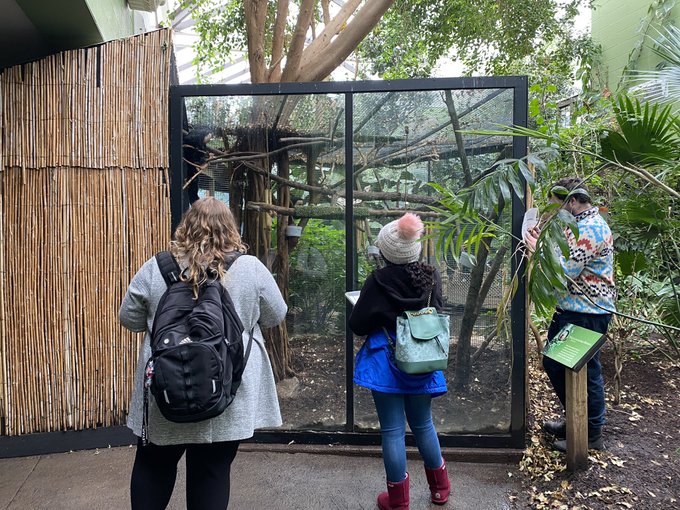Biological anthropologist Dr. Shelby Putt has always enjoyed the process of learning.
As a student she immersed herself in her courses, and now, as an assistant professor in the Department of Sociology and Anthropology, she is working to offer her students interesting and valuable ways to engage with the content.
“I remember as a student being overwhelmed with all the writing that I had to do, especially as an anthropology and English major,” Putt said. “Every class was just so many essays and long assignments that I had to do, and so, I remember those days and I take pity on the current students doing the same thing.
“So I wanted to come up with some type of project that was fun and different and wasn’t just another paper for students to plow through.”
In fall 2019, her first semester of teaching at Illinois State, Putt gave students in her Principles of Paleoanthropology course (since renamed The Human Fossil Record) the task of creating a podcast for their final project. Though Putt is not teaching the course this semester, the “Wild Scientist” podcast assignment has remained in her lesson plan ever since.
Over the course of the semester students research a recent discovery in the field of paleoanthropology. At the semester’s end, they communicate their research in an easy-to-digest manner with a podcast episode, typically around 10 minutes in length.
For Quinn Sherwin, a senior anthropology major from Joliet, this project helped them gain experience with anthropological research and communication.
“It really helped me understand key breakthrough skills that I’ve since been able to work on more during my college career,” Sherwin said. “It was also a good exposure to literature in the field and it helped me realize it’s a field that I’m really interested in.”
Sherwin is also a current student in Putt’s Primate Behavior and Evolution course. As part of an ongoing project started in spring 2020, students in the class are working with the Miller Park Zoo to develop additional educational materials for the zoo’s primate exhibits.
“Our class is split into groups to do research on seven or so zoo primates, and we’re writing informative articles to be put on display for zoo guests. That way they can learn more about the animals and actually connect with the primates instead of just looking at a picture and saying, ‘Oh, there’s a monkey, cool.’” Sherwin said.
Putt’s goal with these assignments is to get students directly involved in the scientific process. Through research, they become subject experts, and through sharing their knowledge with others, they engage in communication that mirrors the professional process.
“The most important part of the scientific process is the communication of your findings as a scientist,” Putt said. “Otherwise, why are you doing the science in the first place?”
To communicate the latest findings and happenings of the Biological Anthropology Lab, Putt makes use of Twitter and Facebook accounts for the lab, where she can engage with students and others interested in the field.
This effort aligns with her goal of consistently connecting students to content.
“If you want to learn a new language, you can’t just go to a class once or twice a week and expect to become fluent, right? You have to become immersed in the language,” Putt said. “And I see it the same way for any other subject matter that you’re wanting to learn.”


